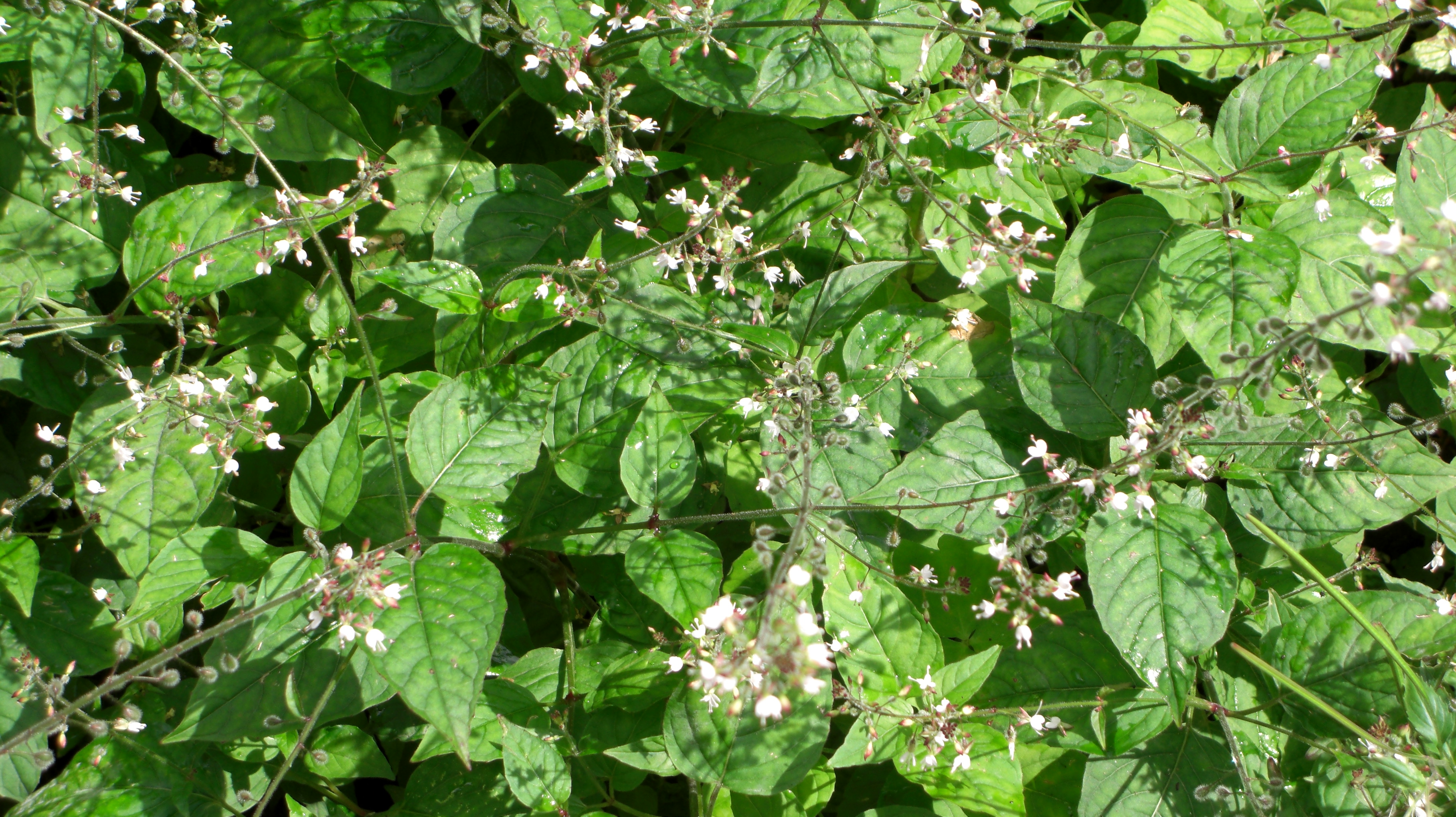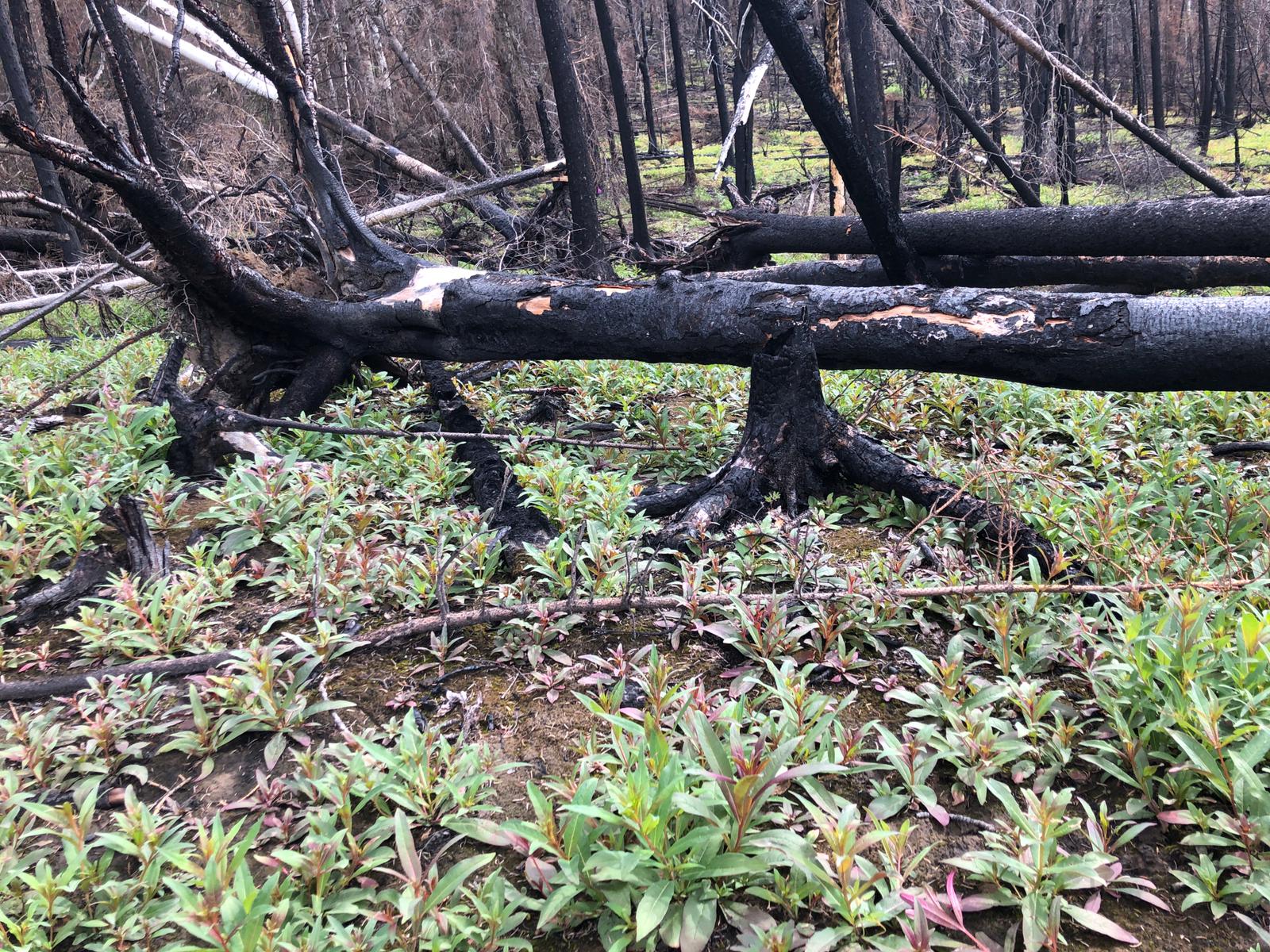|
Onagraceae
The Onagraceae are a family of flowering plants known as the willowherb family or evening primrose family. They include about 650 species of herbs, shrubs, and treesOnagraceae. Flora of China. in 17 genera. The family is widespread, occurring on every continent from boreal to tropical regions. The family includes a number of popular plants, including evening primroses ('' Oenothera'') and |
Epilobium
''Epilobium'' is a genus of flowering plants in the family Onagraceae, containing about 197 species. The genus has a worldwide distribution. It is most prevalent in the subarctic, temperate and subantarctic regions, whereas in the subtropics and tropics ''Epilobium'' species are restricted to the cool montane biomes, such as the New Guinea Highlands. The taxonomy of the genus has varied between different botanists, but the modern trend is to include the previously recognised genera ''Boisduvalia, Pyrogennema'' and ''Zauschneria'' within ''Epilobium''. '' Chamaenerion'', (previously ''Chamerion''), is considered distinct, however,Wagner & Hoch 009a,b/ref> according to Peter H. Raven, who has extensively studied the willowherbs and merges the other segregate genera into ''Epilobium''. Fringed willowherb ('' Epilobium ciliatum'') is likely a cryptic species complex; apparently these plants also commonly hybridize with their congeners. Most species are known by the common ... [...More Info...] [...Related Items...] OR: [Wikipedia] [Google] [Baidu] |
Oenothera
''Oenothera'' is a genus of about 145 species of herbaceous flowering plants native to the Americas. It is the type genus of the family Onagraceae. Common names include evening primrose, suncups, and sundrops. They are not closely related to the true primroses (genus '' Primula''). Description The species vary in size from small alpine plants 10 centimeters tall, such as ''O. acaulis'' from Chile, to vigorous lowland species growing to 3 meters, such as ''O. stubbei'' from Mexico. The leaves form a basal rosette at ground level and spiral up to the flowering stems. The blades are dentate or deeply lobed ( pinnatifid). The flowers of many species open in the evening, hence the name "evening primrose". They may open in under a minute. Most species have yellow flowers, but some have white, purple, pink, or red. Most native desert species are white. '' Oenothera caespitosa'', a species of western North America, produces white flowers that turn pink with age. One of the most dis ... [...More Info...] [...Related Items...] OR: [Wikipedia] [Google] [Baidu] |
Fuchsia
''Fuchsia'' () is a genus of flowering plants that consists mostly of shrubs or small trees. The first to be scientifically described, ''Fuchsia triphylla'', was discovered on the Caribbean island of Hispaniola (Haiti and the Dominican Republic) about 1696–1697 by the French Minim monk and botanist, Charles Plumier, during his third expedition to the Greater Antilles. He named the new genus after German botanist Leonhart Fuchs (1501–1566). Taxonomy The fuchsias are most closely related to the northern hemisphere genus ''Circaea'', the two lineages having diverged around 41 million years ago. Description Almost 110 species of ''Fuchsia'' are recognized; the vast majority are native to South America, but a few occur north through Central America to Mexico, and also several from New Zealand to Tahiti. One species, '' F. magellanica'', extends as far as the southern tip of South America, occurring on Tierra del Fuego in the cool temperate zone, but the majority are tro ... [...More Info...] [...Related Items...] OR: [Wikipedia] [Google] [Baidu] |
Circaea
The ''Circaea'', or enchanter's nightshades, are a genus of flowering plants in the evening primrose family Onagraceae. About two dozen taxa have been described, including eight species. Plants of the genus occur throughout the temperate and boreal forests of the Northern Hemisphere. Three taxa occur in North America: ''Circaea alpina'', ''Circaea canadensis'', and the hybrid ''Circaea'' × ''sterilis''. The generic name ''Circaea'' refers to the enchantress Circe from Greek mythology who is said to have used the herb as a charm. Description Members of genus ''Circaea'' are perennial, herbaceous plants with erect stems, which may or may not be branched. The stem leaves are opposite and petiolate, with toothed edges (i.e., with dentate leaf margins). The inflorescence is a terminal, erect raceme, with additional racemes at the apices of stem branches (if any). Flowers are dimerous with 2 sepals, 2 petals, and 2 stamens. The sepals, petals, and stamens alt ... [...More Info...] [...Related Items...] OR: [Wikipedia] [Google] [Baidu] |
Ludwigioideae
''Ludwigia'' (primrose-willow, water-purslane, or water-primrose) is a genus of about 82 species of aquatic plants native to Central and South America with a cosmopolitan but mainly tropical distribution. At current, there is much debate among botanists and plant taxonomists as to the classification of many ''Ludwigia'' species. Botanists from the US Department of Agriculture are currently doing genetic analyses on plants from the Western US and South America to better classify members of this genus. The genus was named by Carl Linnaeus after Christian Gottlieb Ludwig (1709-1773), a German botanist, who was apparently not amused by this honour. Fossil record A large number of fossil seeds of †''Ludwigia collinsoniae'' and †''Ludwigia corneri'' have been described from middle Miocene strata of the Fasterholt area near Silkeborg in Central Jutland, Denmark ) , song = ( en, "King Christian stood by the lofty mast") , song_type = National and royal anthem , image_m ... [...More Info...] [...Related Items...] OR: [Wikipedia] [Google] [Baidu] |
Chamaenerion Angustifolium
''Chamaenerion angustifolium'' is a perennial herbaceous flowering plant in the willowherb family Onagraceae. It is known in North America as fireweed, in some parts of Canada as great willowherb, in Britain and Ireland as rosebay willowherb. In the United Kingdom it is also known as bombweed, as a result of its rapid appearance on city bomb sites during the Blitz of World War II; the plant is also traditionally known as Saint Anthony's laurel. It is also known by the synonyms ''Chamerion angustifolium'' and ''Epilobium angustifolium''. It is native throughout the temperate Northern Hemisphere, including large parts of the boreal forests. Description The reddish stems of this herbaceous perennial are usually simple, erect, smooth, high with scattered alternate leaves. The leaves are spirally arranged, entire, narrowly lanceolate, and pinnately veined, the secondary leaf veins anastomosing, joining together to form a continuous marginal vein just inside the leaf margin ... [...More Info...] [...Related Items...] OR: [Wikipedia] [Google] [Baidu] |
Chamaenerion Latifolium
''Chamaenerion latifolium'' (formerly ''Epilobium latifolium'', also called ''Chamerion latifolium'') is a species of flowering plant in the evening primrose family known by the English common names dwarf fireweed and river beauty willowherb. It has a circumboreal distribution, appearing throughout the northern regions of the Northern Hemisphere, including subarctic and Arctic areas such as snowmelt-flooded gravel bars and talus, in a wide range of elevations.Flora of the Canadian Arctic Archipelago This is a perennial herb growing in clumps of leaves variable in size, shape, and texture above a woody . The leaves are 1 to 10 centimeters long, lance-shaped to oval, pointed or rou ... [...More Info...] [...Related Items...] OR: [Wikipedia] [Google] [Baidu] |
Petal
Petals are modified leaves that surround the reproductive parts of flowers. They are often brightly colored or unusually shaped to attract pollinators. All of the petals of a flower are collectively known as the ''corolla''. Petals are usually accompanied by another set of modified leaves called sepals, that collectively form the ''calyx'' and lie just beneath the corolla. The calyx and the corolla together make up the perianth, the non-reproductive portion of a flower. When the petals and sepals of a flower are difficult to distinguish, they are collectively called tepals. Examples of plants in which the term ''tepal'' is appropriate include genera such as '' Aloe'' and '' Tulipa''. Conversely, genera such as ''Rosa'' and '' Phaseolus'' have well-distinguished sepals and petals. When the undifferentiated tepals resemble petals, they are referred to as "petaloid", as in petaloid monocots, orders of monocots with brightly colored tepals. Since they include Liliales, an alte ... [...More Info...] [...Related Items...] OR: [Wikipedia] [Google] [Baidu] |
Seed
A seed is an embryonic plant enclosed in a protective outer covering, along with a food reserve. The formation of the seed is a part of the process of reproduction in seed plants, the spermatophytes, including the gymnosperm and angiosperm plants. Seeds are the product of the ripened ovule, after the embryo sac is fertilized by sperm from pollen, forming a zygote. The embryo within a seed develops from the zygote, and grows within the mother plant to a certain size before growth is halted. The seed coat arises from the integuments of the ovule. Seeds have been an important development in the reproduction and success of vegetable gymnosperm and angiosperm plants, relative to more primitive plants such as ferns, mosses and liverworts, which do not have seeds and use water-dependent means to propagate themselves. Seed plants now dominate biological niches on land, from forests to grasslands both in hot and cold climates. The term "seed" also has a general meaning t ... [...More Info...] [...Related Items...] OR: [Wikipedia] [Google] [Baidu] |
Carl Linnaeus
Carl Linnaeus (; 23 May 1707 – 10 January 1778), also known after his ennoblement in 1761 as Carl von Linné Blunt (2004), p. 171. (), was a Swedish botanist, zoologist, taxonomist, and physician who formalised binomial nomenclature, the modern system of naming organisms. He is known as the "father of modern taxonomy". Many of his writings were in Latin; his name is rendered in Latin as and, after his 1761 ennoblement, as . Linnaeus was born in Råshult, the countryside of Småland, in southern Sweden. He received most of his higher education at Uppsala University and began giving lectures in botany there in 1730. He lived abroad between 1735 and 1738, where he studied and also published the first edition of his ' in the Netherlands. He then returned to Sweden where he became professor of medicine and botany at Uppsala. In the 1740s, he was sent on several journeys through Sweden to find and classify plants and animals. In the 1750s and 1760s, he continued to coll ... [...More Info...] [...Related Items...] OR: [Wikipedia] [Google] [Baidu] |







